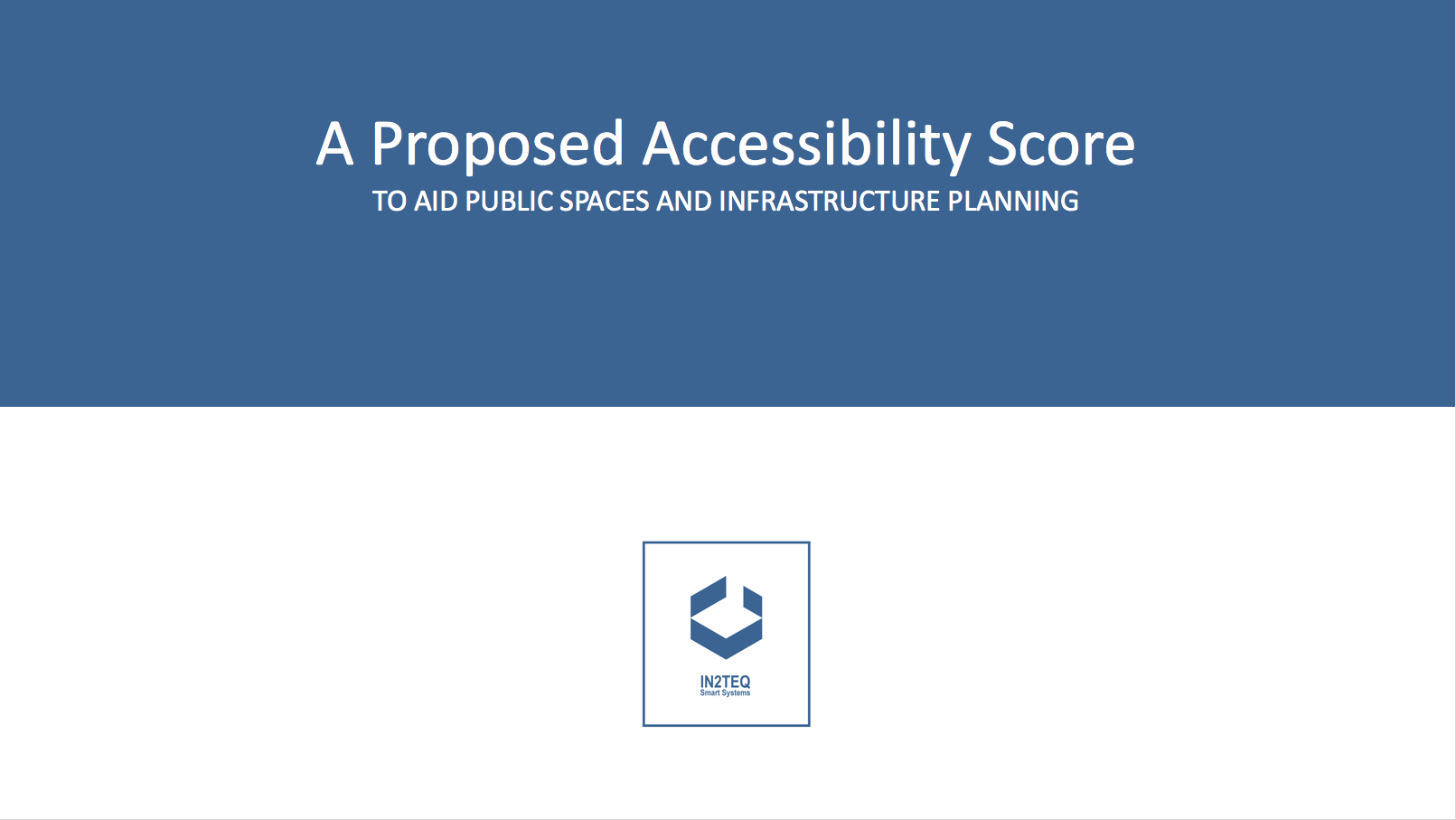ACTIVATED Public Spaces
What makes a public space vibrant, walkable, and encourages people to dwell longer at different times of the day or night, and throughout the year?
Go to Challenge | 17 teams have entered this challenge.

Team In2Teq
Planning the use of finite spaces within our communities should always consider sustainable use. Thus, before anything is built, re-purposed, or revitalised, first we ask: how many people are already in the area, and how much more will it add?
Then we consider the mobility of people. How will people get to and from the place? Will it be by public transport, private vehicle, or alternatives?
If people will use public transport, is public transportation available? Are there bus stops or train stations within walking distance? Even if there are, what is the capacity of the buses and the trains? There may be a bus stop yet buses can no longer take in passengers when they get there.
If people will use a private vehicle, will there be parking available nearby? Will there be sufficient parking? How much will it add to the existing volume of cars? Will the roads be sufficient for the extra volume?
If people will use alternative modes of transport, is it accessible on foot? Is it accessible by bike? How safe is it for pedestrians, for cyclists and just for anybody in general?
Finally, we consider well-being. Does the community feel safe? Are public spaces available? How much green cover is there?
Our project is a proposal to supplement existing planning tools by harnessing government open data to answer these questions.
We propose an accessibility score for a particular area. Accessibility score will be a function of the NSW Public Transport Accessibility Level (PTAL) and the PTAL equivalent to private and active transport. PTAL is based on accessibility of the public transport network in terms of distance from the nearest bus stop or train station, number of services and waiting times. We’ll enhance it with the data on the capacity of available services based on real-time service occupancy using the Transport for NSW GTFS realtime open data feed.
We will create the Private Transport Accessibility Level, pTAL with the small p. This is the equivalent of the private transport equivalent of the public transport measure, and the pTAL score is based on current volume of registered vehicles in the area, available parking both car parks and kerbside spots, and the road infrastructure in place. For this, we will be using Transport for NSW Vehicle Licensing Datasets, Parking and Council Data, as well as roads dataset within the NSW Digital Cadastral Database which represents an open way for the passage of vehicles, persons or animals on land.
We will further create the Active Transport Accessibility Level which scores availability of foot and cycle paths, elevation and difficulty grades, using both the Active Transport datasets and a subset of the roads dataset.
Every community should have green cover and access to public spaces. Information on the availability of, or proximity to, both green and public spaces will be made available using NSW Urban Vegetation Cover data and the NSW Public Spaces location data. The Government Property Index will also provide insight on government property utilisation, from which suitable candidates can be identified to be repurposed as public spaces.
These will be overlaid with the geolocated crime statistics from BOCSAR. People need to feel safe in their communities and in shared spaces. Crime data will provide insight on which areas will need preventative intervention, such as better lighting, more suitable vegetation, pedestrian access and facilities.
Whilst it is not government open data, we are also using Google Mobility as well as Apple Mobility data and will be open to use similar non-government but available data. This will further inform use and activation of shared spaces, particularly public spaces.
Description of Use Proposed to be used to determine people movement and how much time they spend on shared spaces.
Description of Use Proposed to be used to determine people movement and how much time they spend on shared spaces.
Description of Use Proposed to be used to inform accessibility scoring as well as ensure a level of urban greening and heat island mitigation.
Description of Use Proposed to be used to determine areas prone to criminality to inform planning for preventative measures using infrastructure and environment.
Description of Use Proposed to be used to determine available public spaces.
Description of Use Proposed to be used in determining nearby government property and any opportunity to re-purpose it as public space.
Description of Use Proposed to be used to determine availability and capacity of roads in the locality.
Description of Use Proposed to be used to determine availability of parking in a locality, either via car parks or kerbside parking.
Description of Use Proposed to be used to determine volume of vehicles in a locality. To be used with NSW Roads data to determine road capacity.
Description of Use Proposed to be used to inform Active Transport scoring, e.g. the availability of walking and cycling facilities in the locality. To be used with NSW Roads data set.
Description of Use Proposed to be used to determine population and density for a locality.
Description of Use Proposed to provide insights on population growth.
Description of Use Proposed to provide service occupancy and capacity for public transportation in NSW.
Description of Use Proposed to be used as a factor in determining the accessibility score.
Go to Challenge | 17 teams have entered this challenge.
Go to Challenge | 14 teams have entered this challenge.
Go to Challenge | 4 teams have entered this challenge.
Go to Challenge | 9 teams have entered this challenge.
Go to Challenge | 12 teams have entered this challenge.